The complexity of four-wheeled vehicles is growing every year, gradually turning into computers on wheels. But no matter how complex intelligent automotive systems are, they are powerless against the ordinary human factor. Until cars learn to refuel themselves, the question will still be what will happen if gasoline is poured into a diesel engine. Therefore, the information in this article will be relevant for many years to come.
What happens if you fill in 95 instead of 92?
There is a widely held stereotype that the higher the octane number, the better for the car. However, experienced drivers know that this is far from true:
- Using 95 gasoline instead of 92 gasoline may, in some cases, lead to loss of the right to warranty service, if there is a corresponding instruction from the manufacturer;
- This is especially true for older models of the domestic automobile industry. Soviet Zhiguli cars did not allow switching to a higher octane number: engine performance dropped, carbon deposits appeared on the pistons;
- The desired increase in dynamics and power can only be achieved by using high-quality fuel. But today, in most cases, 95 is obtained simply by adding chemical additives to 92. These impurities can negatively affect a motor that is not suitable for them;
- Mixing two fuel liquids will not lead to anything good. Liquid with a lower octane number will end up at the bottom of the gas tank. The engine will have to go through a sharp, painful transition from one fuel to another, which will adversely affect its performance.
In modern cars, this is not so scary. Typically, the manufacturer allows the use of both 92 and 95 gasoline.
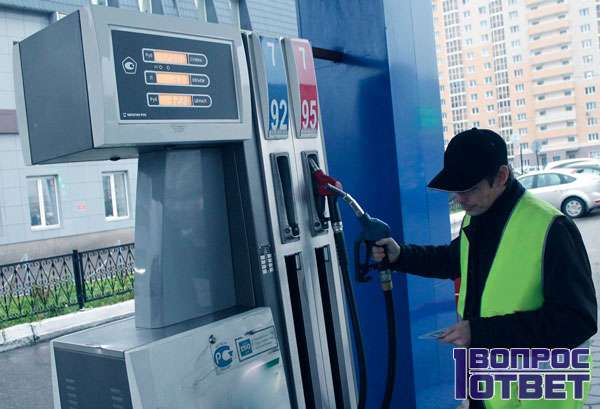
What happens if you use diesel instead of gasoline?
The consequences of this error will make themselves felt in the very first minutes:
- The mass-to-volume ratio of diesel fuel is significantly lower than that of gasoline, which is why it will immediately fall to the bottom of the fuel container;
- Almost instantly, diesel fuel will be in the fuel supply system, and through it - in the engine. The driver learns about this by a characteristic knock under the hood and blue-black smoke from the exhaust pipe;
- If you drive for a long time in this mode, the “iron horse” will receive significant injuries. The first to be hit are the filters and the injector. In the end, travel can lead to irreversible changes in the form of engine damage;
- The only way to eliminate the consequences of the error is to completely empty the gas tank;
- These symptoms are valid only for the situation when there was at least a small amount of gasoline in the tank. If at the time of approaching the gas station it was practically empty, then the car won't even start , and you will have to refill on site. But it won’t be so easy to pour the mixture out of the gas tank. To do this you will have to disassemble the fuel part.
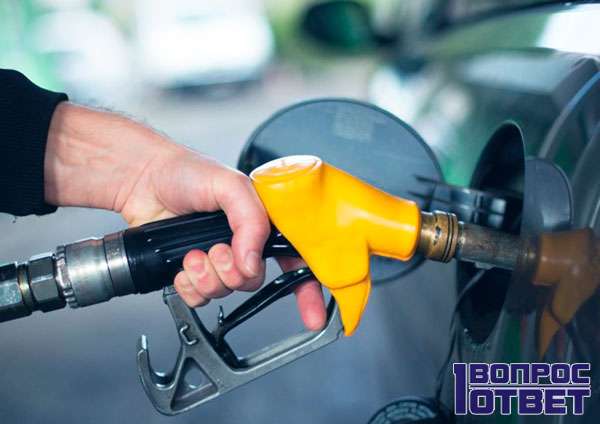
What if it’s the other way around: gasoline instead of diesel fuel?
Much more common are the opposite situations, when Gasoline was added instead of diesel fuel. This happens to drivers who switch from a passenger car to an SUV. Having picked up the wrong pistol at a gas station out of habit, the driver pours a completely inappropriate liquid into the tank:
- The best scenario for personal finance is only possible when a jeep arrives at a gas station with a completely empty tank. Then you can limit yourself to calling a tow truck and draining the tank. No additional hassle (replacing filters or injectors) will be required, no matter how the mechanics convince you;
- If the two types of fuel are mixed, the result will be a mixture that is extremely toxic to the “heart” of the car. The thermometer showing the condition of the engine will show off-scale values. During the trip, a wild roar will be heard, and the speed will drop significantly;
- In particularly severe cases, the motor will have to be replaced. Moreover, the more modern the car model, the more capricious it is about the quality of the substance poured into it;
- You can avoid calling technical services only in one case: if no more than 20% of a foreign substance has entered the tank. Then you need to continue driving, and then refuel again, this time with diesel fuel. And so on several times until the content is completely updated.
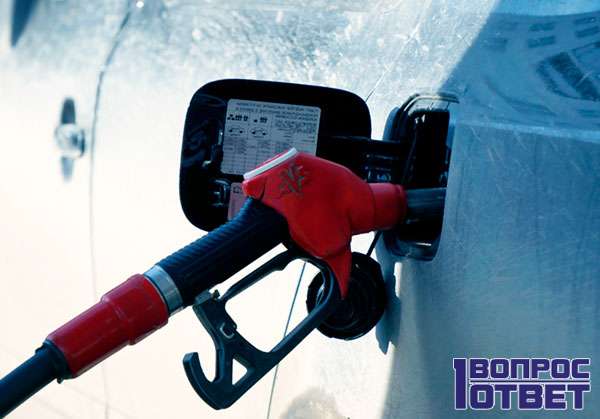
I filled up with bad gasoline: the car jerks, what should I do?
Many years have passed since the release of the film “Gentlemen of Fortune,” but the case of Vasily Alibabaevich, who poured donkey urine at a gas station, is still alive.
The first bells that announce the entry of a harmful substance into the system:
- Power drop;
- Significant delay between pressing the gas pedal and gaining speed;
- The “Check engine” indicator lights up (“engine check required”);
- The engine “spits” or stalls completely.
You can correct the situation yourself, without contacting technical services:
- Must have on hand complex fuel system cleaner. It is poured into the tank immediately after symptoms of using low-quality fuel appear. This life hack will allow you to safely get to the next gas station with a good reputation;
- Replace filters: they are the first to suffer from defective fluid entering the system;
- It is also worth carefully inspecting the spark plugs (devices for igniting the fuel-air mixture). If a layer of soot is detected on their surface, it is necessary to make an urgent replacement;
- A general cleaning of the gas tank will not be superfluous. There could easily be dirt or sand there, which could negatively affect the operation of the car.
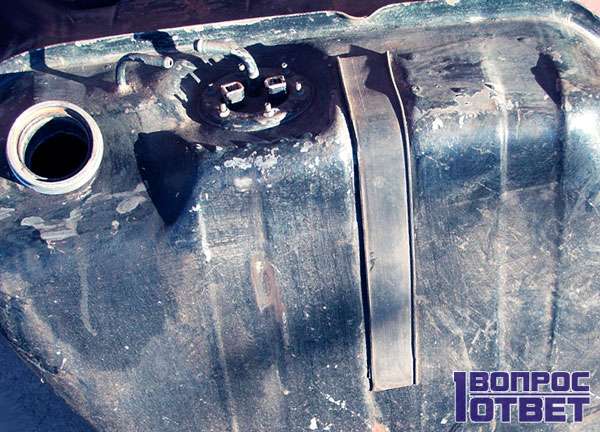
Multi-fuel engine: a godsend for the absent-minded
Back in the 20s of the 20th century, engines appeared that could operate on any type of fuel , derived from petroleum. The system is made on the basis of conventional diesel engines, to which the following functionality is added:
- Warming up the supplied air;
- Special design of combustion chambers, ensuring constant internal pressure values;
- There are cylinders that provide different levels of compression, depending on the situation. The throttle valves on each of them are capable of automatically changing the angle of inclination. A specially prepared air-fuel mixture enters the first cylinder with low compression. The second cylinder is capable of receiving normal atmospheric air;
- Preventing the formation of vapors by increasing pressure in the fuel system.
Multi-fuel engines are extremely easy to use and quite reliable. However, their widespread distribution is hampered by relatively high consumption(compared to conventional diesel). In addition, such units are characterized by complex design, which creates maintenance problems. Therefore, they can only be found on military equipment (for example, tanks).
If a car could swear, it would tell a lot about what would happen if you put gasoline in a diesel engine. For an iron horse, the type of fuel is as important as gastronomic preferences for a person. Failure to follow operating instructions can lead to significant breakdowns and subsequent costs for repairs.
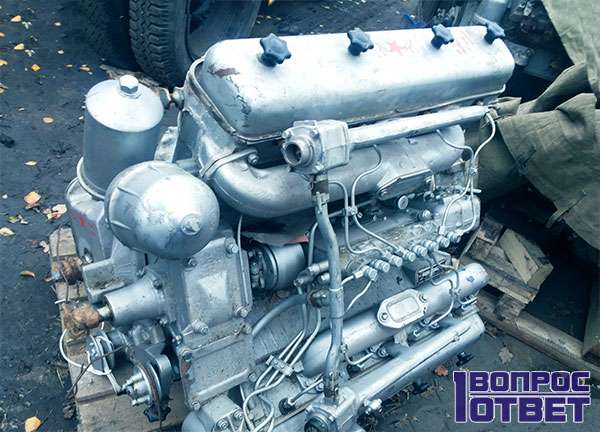
Video: how to fix a situation with mixed up fuel?
In this video, mechanic Andrei Kolchagin will show what happens to a car that is filled with diesel instead of gasoline, and how to correct the situation:







